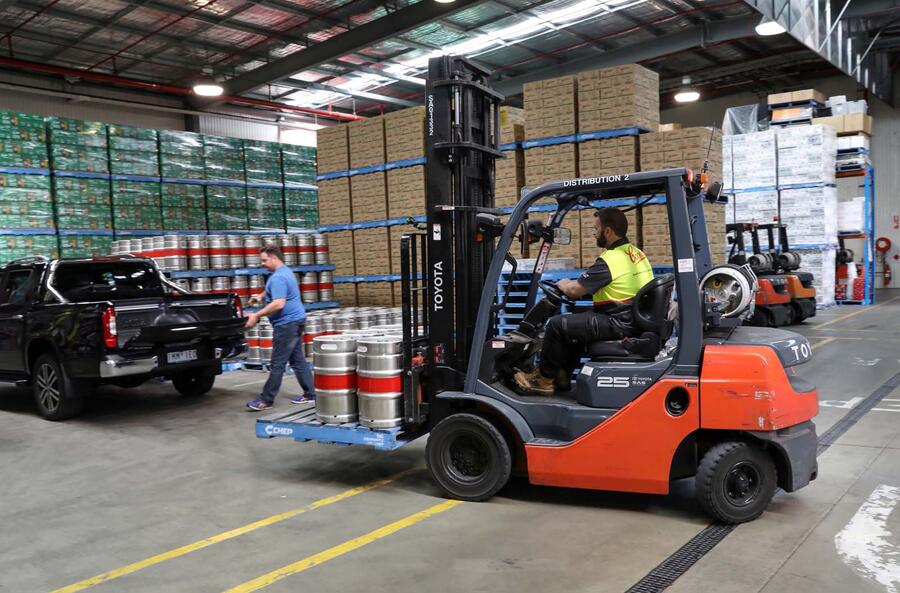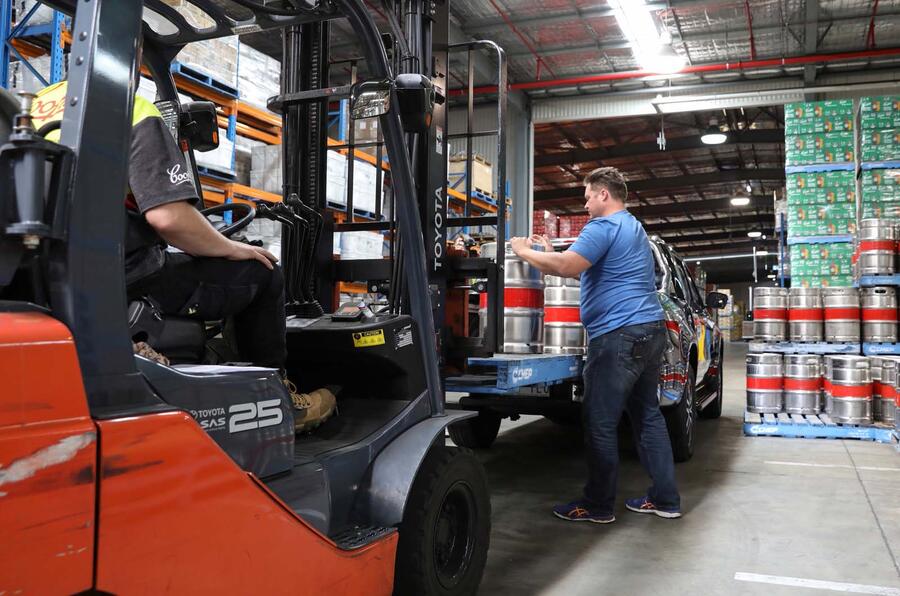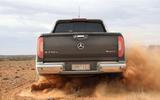They’re making them too fancy these days,” declares Cam, juggling a schooner outside the iconic Prairie Hotel in outback Australia.
Nestled on the tailgate of a top-shelf Mercedes-Benz X-Class, the well lubricated local is keen to learn why anyone would consider the three-pointed star over the favoured ride out here: Toyota.
We mention the price, which is almost enough to get you into a BMW Z4. It’s certainly enough to blow more than the froth off his (latest) ale.
Loading up
Our journey began with beer the previous day.

Blame it on Mercedes-Benz. When the world’s oldest car maker announced its first off-road pickup (or ute, as they’re called Down Under) in 2016, it proudly boasted it would carry up to 17 full kegs of frothing golden nectar in its tray.
It’s a claim we couldn’t let through to the keeper, prompting a visit to the Coopers brewery in Adelaide, a comparative minnow by Aussie beer standards but the largest locally owned brewery.
As we’re watching a forklift guiding matt metallic cylinders to our X250d, we uncover a Brexit-like issue with the 17-keg claim: it only applies to the base X-Class, a car that lacks the four-wheel drive system mandatory in the outback. Ours also has an automatic transmission, electric seats and other luxuries that shave precious kilos off the payload.
A recalculation confirms that to dip in below the 1021kg payload of our car, we’re limited to 14 kegs, allowing for a driver.

























































Join the debate
Add your comment
Pointless puff piece...
...particularly as Mercedes-Benz has already signed the death warrant for the X-Class because of disappointing (read: almost non-existent) sales of this chavved up and massively overpriced Nissan. The car-buying public can be dumb, but not that dumb, apparently.
Why a bloody datsun engine?
Why oh why did the Gerry's decide to use a datsun diesel?? It's just bollocks
lol!
lol!